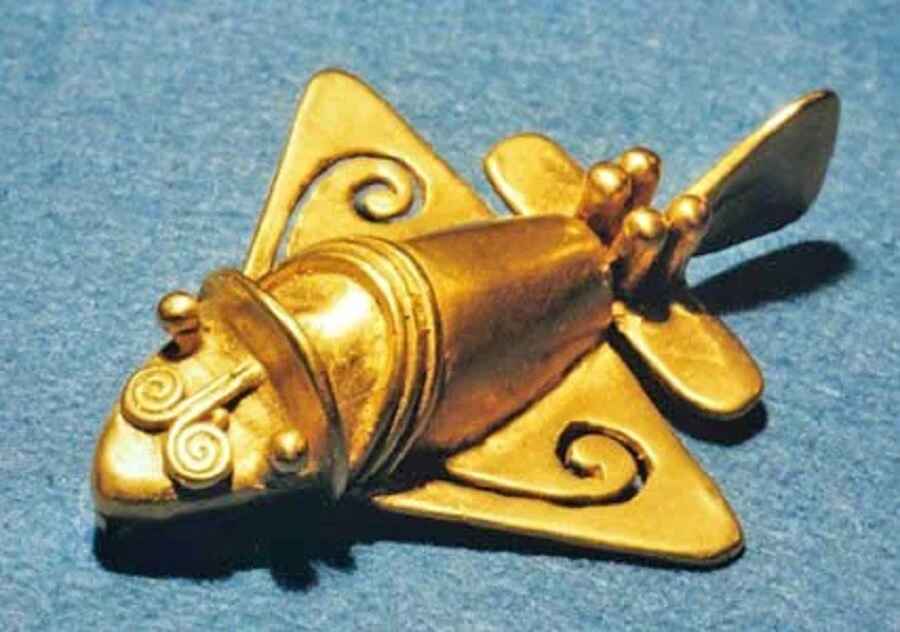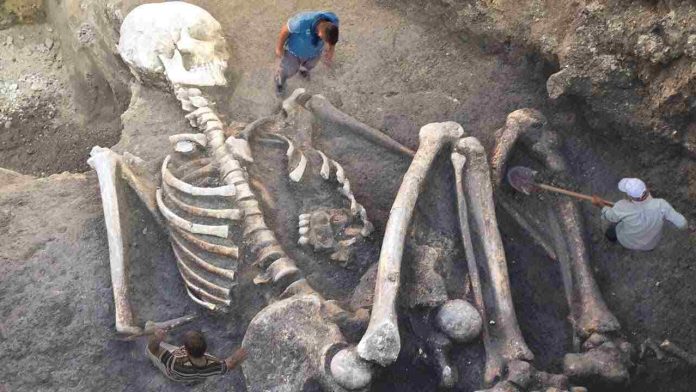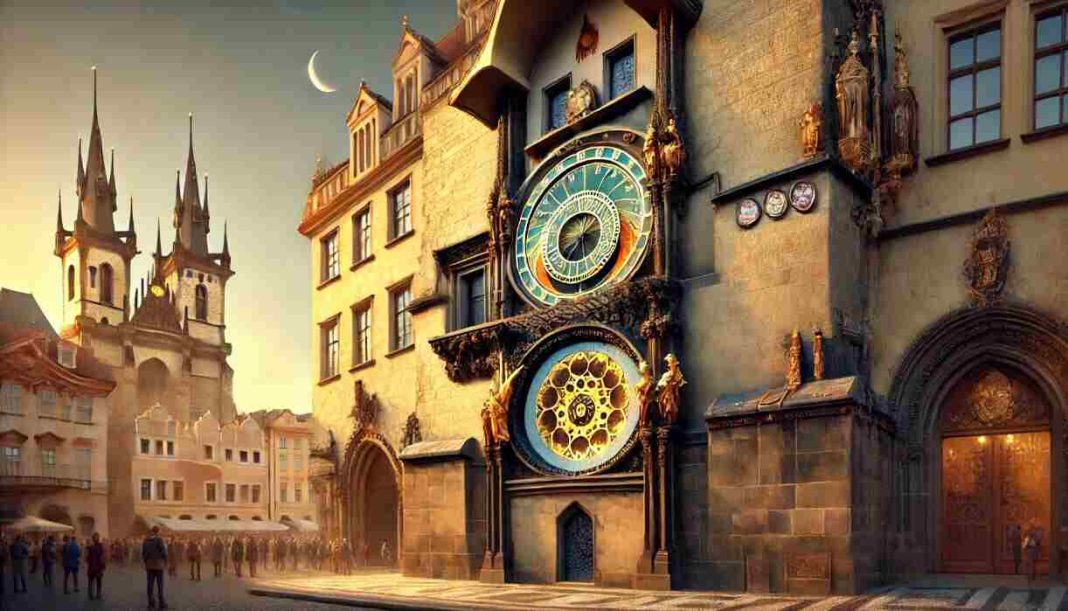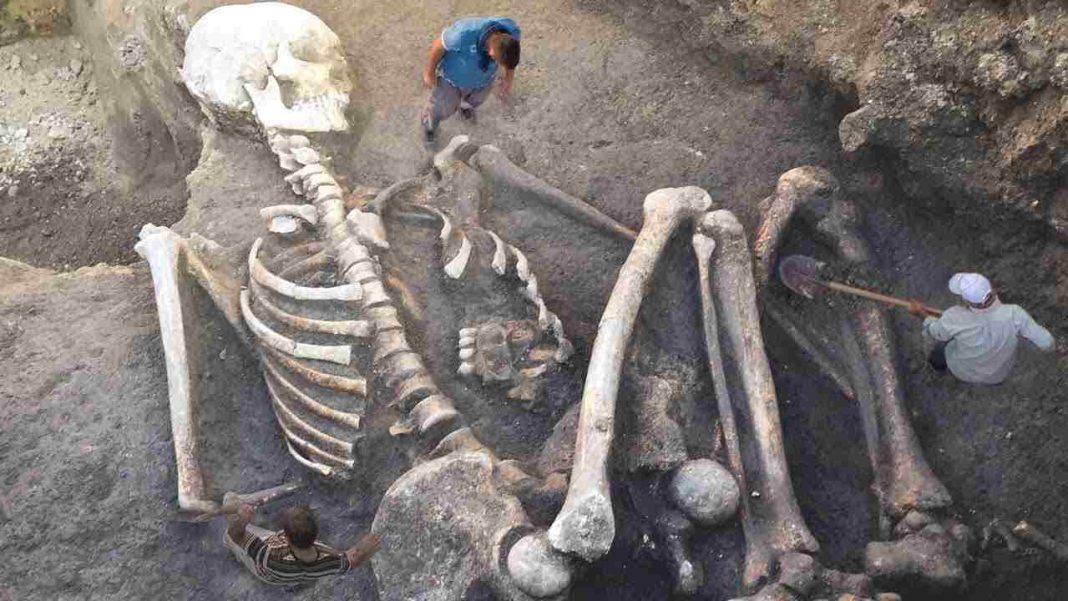The Quimbaya artifacts, particularly those resembling modern airplanes, have captivated the imagination of historians, archaeologists, and enthusiasts of ancient mysteries. These small, intricately crafted gold objects from Colombia challenge conventional historical narratives by suggesting the possibility of advanced technology in ancient times. The artifacts, which date back over a thousand years, have led to significant debate over whether they are mere representations of animals or models of prehistoric flying machines, much like the ancient Egyptian locks that puzzle experts today.
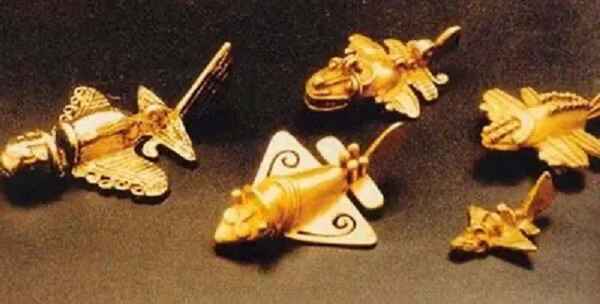
Established Facts About Quimbaya Artifacts
The Quimbaya artifacts were created by the Quimbaya civilization, which thrived in the Cauca River Valley on the western slopes of the Andes in Colombia. Renowned for their goldsmithing skills, the Quimbaya produced numerous gold objects, often using a gold-copper alloy known as tumbaga. Among these objects are several that resemble modern aircraft, complete with features such as tail rudders and delta wings, which are not found in any known animal species.
The artifacts were discovered in the late 19th century by looters rather than through systematic archaeological excavation. This has led to challenges in authenticating their exact origins and understanding their full context. Despite this, the artifacts are housed in Colombia’s Gold Museum, where they are recognized for their craftsmanship and mysterious design.
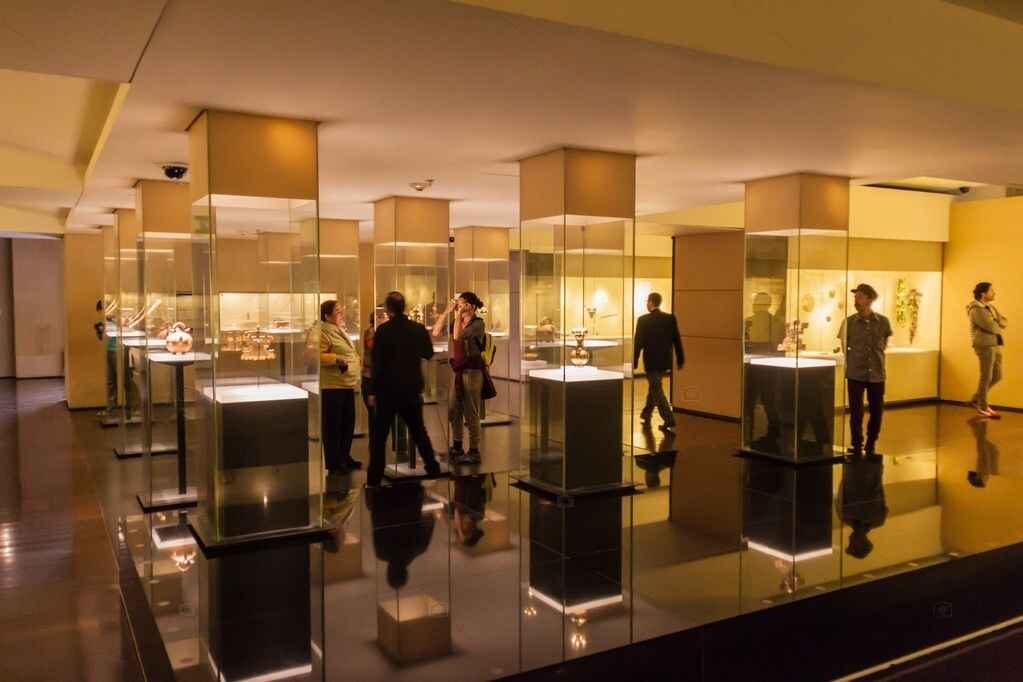
Mysterious Aspects Yet to Be Explained
The most puzzling aspect of the Quimbaya artifacts is their aerodynamic design. These artifacts resemble airplanes more than any known bird, insect, or animal. For example, the wings of these objects are attached at the bottom, similar to modern aircraft, rather than at the top as seen in natural creatures. Additionally, they possess vertical stabilizers akin to modern jet aircraft, a feature absent in the natural world.
The question arises: Could these artifacts have been functional models of flying machines? In 1994, aeronautical engineers Peter Belting and Conrad Lubbers tested scale models of these artifacts, demonstrating that they were capable of stable flight when equipped with propellers or jet engines. This has fueled speculation that the Quimbaya had knowledge of flight principles far ahead of their time.
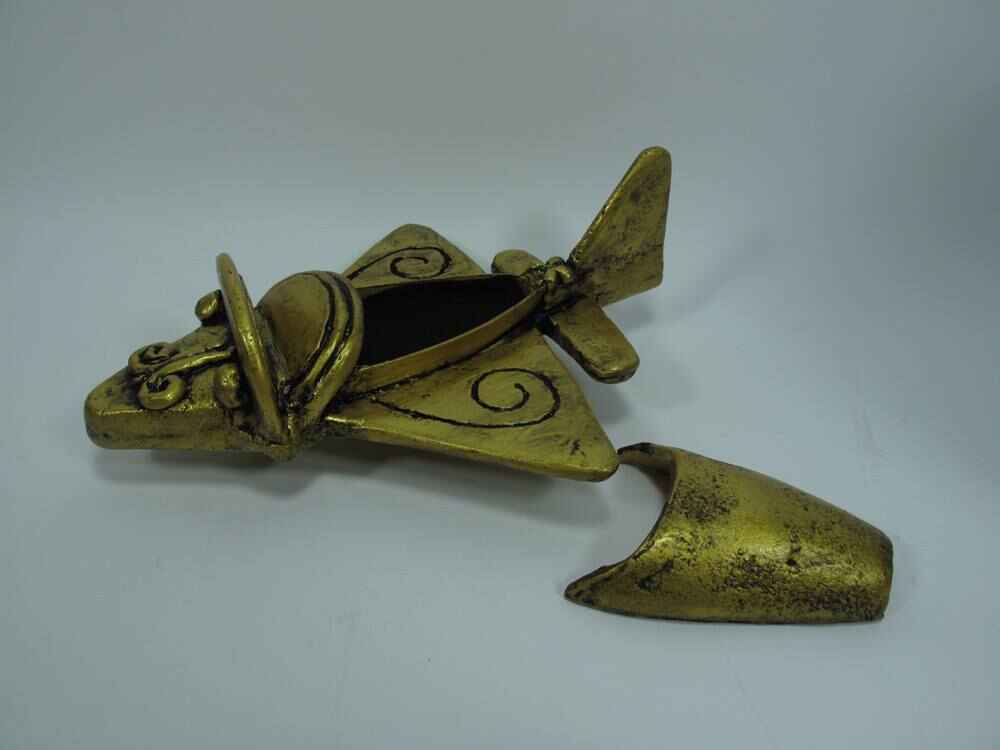
Popular Theories and Intriguing Speculations
The debate surrounding the Quimbaya artifacts centers on whether they are evidence of ancient advanced technology or simply abstract art. Mainstream archaeologists argue that these objects represent stylized depictions of local fauna, possibly birds or insects, albeit with some creative liberties taken by the artisans. Some theorists even draw parallels to the Nazca Lines, another ancient mystery in South America that defies conventional explanations.
However, proponents of alternative theories suggest that these artifacts might be evidence of “out of place artifacts” (OOPArts)—objects that challenge the conventional understanding of historical timelines. Some theorists propose that the Quimbaya artifacts could have been influenced by an advanced civilization, potentially even extraterrestrial, given the detailed and precise nature of their design, possibly using advanced materials like the orichalcum alloy mentioned in ancient texts.
One intriguing theory posits that the Quimbaya artifacts were inspired by actual flying machines observed by the Quimbaya people, either from an advanced but lost human civilization or extraterrestrial visitors. This theory is bolstered by the fact that the artifacts not only resemble modern aircraft but also have been proven to be aerodynamically sound.
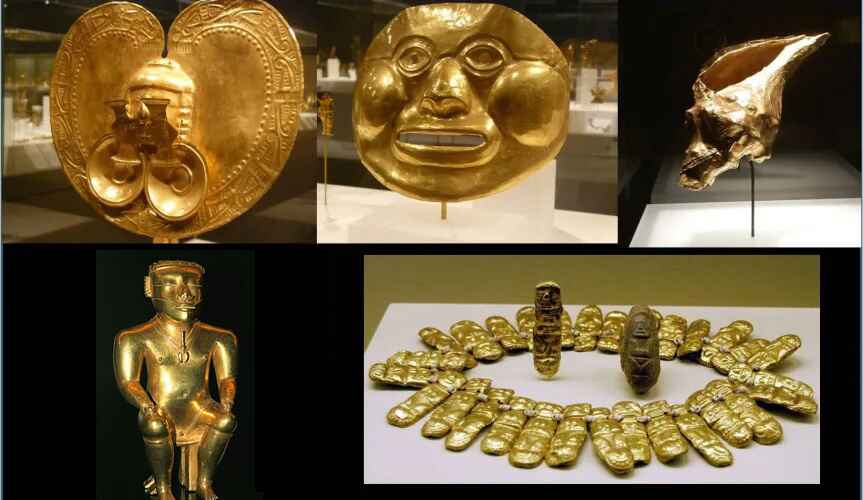
Frequently Asked Questions (FAQs)
1. What are the Quimbaya artifacts?
The Quimbaya artifacts are a collection of ancient gold objects created by the Quimbaya civilization in Colombia, many of which resemble modern-day airplanes.
2. What happened to the Quimbaya civilization?
The Quimbaya civilization thrived until the Spanish conquest in the early 16th century, after which it gradually disappeared due to colonization and cultural assimilation.
3. Are the Quimbaya artifacts evidence of ancient flying machines?
Some theorists believe the artifacts are models of ancient flying machines, as they resemble modern airplanes and have been shown to be capable of flight.
4. Where can I see the Quimbaya artifacts?
The Quimbaya artifacts are displayed at the Gold Museum in Bogotá, Colombia.
5. What is the significance of the Quimbaya artifacts?
The Quimbaya artifacts are significant because they challenge conventional historical understanding and suggest the possibility of advanced technology in ancient times.
Final Thoughts on the Quimbaya Artifacts Debate
The Quimbaya artifacts remain one of the most enigmatic discoveries in archaeology. While mainstream scholars maintain that they are stylized representations of animals, the striking resemblance to modern aircraft and the successful flight tests of their models suggest otherwise. Whether these artifacts are evidence of forgotten advanced technology, abstract art, or something else entirely, they continue to inspire debate and curiosity.
The mystery of the Quimbaya artifacts exemplifies the broader challenges in understanding ancient civilizations and their capabilities. As more evidence is unearthed, we may one day unravel the full story behind these fascinating objects, shedding light on the technological prowess—or perhaps the imaginative artistry—of the Quimbaya civilization.
Use of Our Content
⚠️ Content on “Mystery Uncover” is protected under US and International Copyright Laws.
You are free to reuse, republish, and share our content by giving credit to the source as Mystery Uncover with a link to the original material on mysteryuncover.com.


